The latest entry in the Total War franchise has had me battling all over China in a bid to obtain the mandate of heaven. Becoming emperor is easier when you've got good friends.
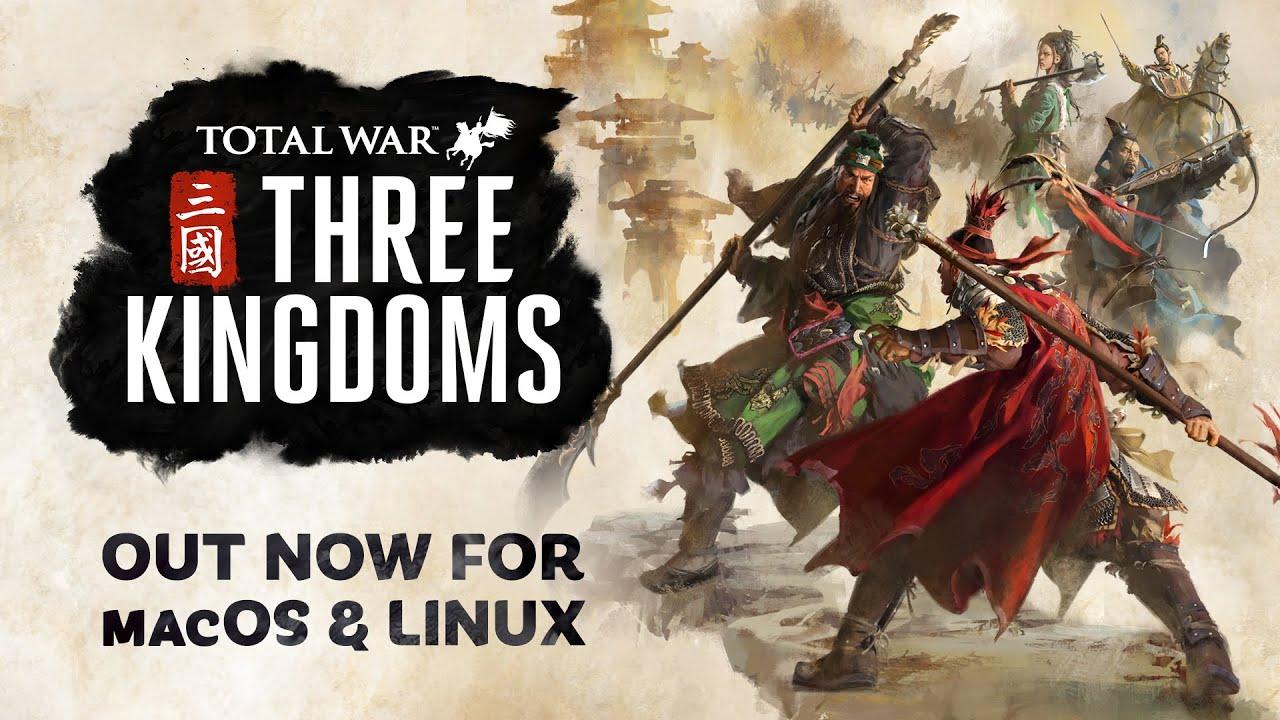
Direct Link
Note: Key provided by Feral Interactive
Total War: THREE KINGDOMS was released in its all-caps glory about a month ago and saw a same-day Linux release thanks to porters Feral Interactive. The action this time around is centered in China during its fractious Three Kingdoms period of history that saw the end of the Han dynasty and warlords and coalitions battle it out for supremacy. More specifically, this Total War title also takes inspiration from the Romance of the Three Kingdoms novel and its larger-than-life heroes and villains. Developer Creative Assembly has put in plenty of time and effort to capture the feeling of both novel and the historical conflict.
At the heart of this design philosophy is the option to play the turn-based campaign in Romance mode. Veteran players that have played other Total War titles such as the Warhammer entries may be familiar with the prominence that hero units and leaders have come to take in the series. Romance mode continues this trend by making it so the commanders of retinues are key to warfare. They lead troops, use abilities to buff allies and hamper enemies, can stand up to dozens of regular troops and fight duels with enemy commanders. A more classic mode, where regular troops feature more prominently, is also available but I spent the majority of my time with the game playing in Romance mode.
The character-heavy approach definitely feels like a good call. They may be outsized influences in battle but characters also play important roles outside of it. As turns pass and factions expand or are wiped out, characters develop traits and affinities for other characters. Friendships and rivalries spring up and may have consequences beyond the immediate; the most obvious result is that an unhappy character may be more willing to betray their master or a foe that’s been treated with honor may be more willing to accept a player’s overlordship later in the game. Titles, higher salaries, technology, items and other factors may also influence how characters feel and contribute to the emergent storytelling.
When it comes to these characters and their relationships, the game competently balances micromanagement potential and the amount of time you need to worry about them. The end result is that I felt invested enough to care that my characters got on well together and that they worked towards a common goal. Small details like characters going berserk if their oathsworn brother falls in battle are a great touch and reward of sorts for caring. It’s simple to tell when two characters don’t get along as well, and not that costly to reassign them elsewhere. So it should never come as a surprise that the more ambitious and imperious characters may eventually alienate most other characters in events and through other means before staking it out on their own, perhaps founding their own faction in the process.
Most of your faction’s objectives are completed in stages with some level of historicity thrown into the mix. As might be expected, most of these are about warring and hegemony. From time to time, things may be shook up by special events particular to your faction or characters in your employ, following story threads from the Romance of the Three Kingdoms novel. These are mostly for flavor’s sake and some of the decisions are serious no-brainers to choose because they have no downsides other than changing history. Which, you know, you’re probably doing anyways by conquering up China. It’s a system that could do with some better trade-offs for the sake of variety.
Diplomacy has traditionally been a weaker part of these games but Three Kingdoms makes a good effort to change things up. Relationships can be more complicated than the usual alliances and vassalage with temporary coalitions and actions dominating the early game. You can haggle with and bribe the AI as always but the faction leaders are swayed by more than just money and the relationship between characters can also be a decisive factor. Things are much more organic and from humble beginnings a haphazard coalition of shared values can become an ironclad military alliance up until the end of the game. It pays to play the diplomatic game and, while military conquest remains the easiest way to expand, having good allies and trade relations can mean the difference between a successful campaign outcome and a stalled one.
The espionage system promises similar complexity and depth. By embedding a character into a faction, you can manipulate their standing and their career path and perform various actions that might be to your advantage. In other words, you can do things like to tell a general that secretly works for you to leak the location of an army or an administrator to encourage corruption in a province. The problem with this is that it’s both time and cash-consuming. However cool the idea of having a man on the inside to bring down a rival might be, the results aren’t sure certain. There’s a risk your agent can get in too deep and defect. A lot of the time the wage you’re paying these spies is money better spent on armies and upgrades.
Let’s not kid ourselves—this is still a game about warfare. Beating armies, taking settlements and selling your loot continues to be a major source of resources throughout most of the game. Some factions have special characteristics that allow for better trade, diplomacy and whatever else but the only way that you’re going to win things in the end is by making sure you have the best and strongest armies.
The large emphasis on battle almost dwarfs the empire-building economics side of the game. Provinces and settlements can get upgrades and improvements, with branching build chains and specialization options. I played several campaigns as different factions and my overall impression is that very little of this actually matters. So long as you have ae surplus of food and income, it doesn’t matter which cities have decreased recruitment costs or specialize in commerce instead of industry. Retinues recruit globally and reinforce in friendly areas so all that is really required from your cities is to be a net contributor to your faction. Investment is a balancing act done to make sure cities don’t rebel, that they generate money and have sufficient defenses. That said, I never really cared about conquering or defending a city other than what it meant for its strategic position.
At higher difficulties, maximizing profits and minimizing corruption and waste can be a life-or-death issue. But that’s just not going to be the experience of the average player and so it’s mostly safe to spend most of your attention elsewhere. Likewise, the technology tree feels bolted on and static—every several turns you unlock something new along a branch. The technologies themselves can be big boosts to under-performing areas of your faction but aren’t game-changers in of themselves. It doesn’t pay to specialize too much as you’ll miss out on basic units and buildings if you simply dedicate yourself to one branch. As opponents also unlock things with you, these tend to feel less like milestones and mere regular powerups.
All that said, sense of challenge and competition remains constant until the later stages of the campaign. It’s only once the titular three kingdoms come into play and one of them is battered beyond recovery that the familiar Total War endgame slog rears its head. The increased distances, the proliferation of vassals and stronger economic base can make humbling your last rival a drawn-out affair. By the time the AI is willing to abdicate its claim to emperorship, it is usually already been reduced to a shell of its former glory by your experienced armies.
For your armies to get experienced, they’re going to fight a lot. And the core warfare experience is one of the best in the series. Moving armies around on the map, minding supply levels, reinforcing retinues, and advanced actions like ambushes are easy to do and understand. The emphasis on characters in Romance mode makes it easier to specialize armies as each character is classified as a different type of leader. These leaders may specialized in ranged units, shock cavalry or whatever else and managing their strengths and weaknesses by pairing them with other complementary types of generals is vital.
As usual, the turn-based strategy yields to real-time battle whenever two armies clash. Things like terrain, unit morale and commander’s bonuses come into play as battle is joined. While some features like delegating part of your army to AI control are missing, the core Total War gameplay remains intact. Ordering around units is simple and these tactical engagements remain as exhilarating as ever. Winning total victories because of good use of archers and shock cavalry against a stronger opponent is satisfying no matter if the battle is set in ancient China, dark ages Britain or a fantasy setting. There’s a few idiosyncrasies when it comes to unit types and a abilities as always but this remains part the polished core of the strategy title.
Fighting is overall fun but not without its pitfalls. The tactical battle AI is a competent opponent most of the time but it’s not brilliant by any stretch. It can be baited by units to expose cracks in its line without difficulty and it can be stupidly inflexible about positions on the map. On one occasion, I was attacked by a superior force on the AI’s turn and forced to do battle. I arrayed my forces, decided to wear them down as they advanced before trying to use cavalry to hit the flanks when they were charging at my battle line. I positioned my forces only to find out that the enemy refused to move at all. The attacking force stayed still, staring beyond the field at my lines. Taunts of varying levels of wit were exchanged with my generals but, for the entirety of the 60 minute battle, the AI stayed still. My generals got to enjoy a really beautiful sunset as a result but that’s not typically the real objective of an enemy attacking you, right?
Incidents like that are few and far in between in all fairness. I can only think of three or so battles that the AI was completely hopeless at in several dozen hours of gameplay. The greater point is that Creative Assembly has yet to truly nail it. This is something minimized by playing against a human opponent but given that the Linux port segregates fellow penguins and macOS players from the general population, it’ll probably take a lot more effort for a casual player to find a fair match. Let alone organize a multiplayer campaign with anything but a friend on the same platform.
I think that the atmosphere of the game has deftly found its mark. The music, art style and voice overs are all great. I appreciated the fact that I could switch the voiced language to Chinese. This is one of the more immersive entries in the Total War franchise and it’s lovely to see the important landmarks and features of China rendered faithfully. Armies also look good and zooming into the action during a battle is a treat.
I don’t really have any complaints regarding the technical side of things. While I haven’t bothered to do comprehensive benchmarks, Feral’s port is consistent with little in the way of dips. I took a few glances at random Windows benchmarks floating on the net and my performance is in the same ballpark. I did experience some crashing while I was playing some of my campaigns but it was rare and possibly already fixed by the several patches since I started playing.
I’ve critiqued systems and AI plenty but the biggest issue I’ve had with this game has to do with its learning curve. Simply put: there’s too much for players to absorb at once in the beginning. The game tries its best to mitigate that by having its usual advisor character pipe up and for the early missions to introduce some mechanics, but there’s still too much for players to discover on their own. The ever-popular tooltip exists for just about everything in the game and the help menu is incredibly comprehensive but they just aren’t enough. There needed to be a more directed tutorial for first time players. I can see some beginners possibly spending a dozen hours in a campaign before concluding that some of their earlier moves made things too difficult for them down the road. I like figuring out things for myself but there’s a fine line between that and having players flounder about. I think people not too sold on the concept might bounce off the game because of it at first.
Persevering does reward players with a fun game. For all of the flaws I’ve mentioned in this review, it does so much more right. The action and tension paced steadily and the campaign feels competitive until its last stages. The setting is brought to life wonderfully and the heroic tendencies of the novel are translated into engaging gameplay. The character-based system isn’t as deep as, say, Crusader King II’s but it doesn’t have to be. It does a good job of creating enough context so that it doesn’t just feel like you’re painting the map via conquests all the time.
It’s easy to recommend this game to both Total War fans and lovers of strategy titles. Despite its mixed accessibility, it’s also a good jumping in point for anyone as well. Three Kingdoms’ character and retinue system makes it easier to actually play competently and provides a good anchor point for the rest of the strategy that’s required. It sure doesn’t reinvent the wheel but this is an attractive and well-rounded game nonetheless. I look forward to seeing how Creative Assembly will build off its massive success.
You can get Total War: Three Kingdoms through Feral’s webshop, the Humble Store or Steam.
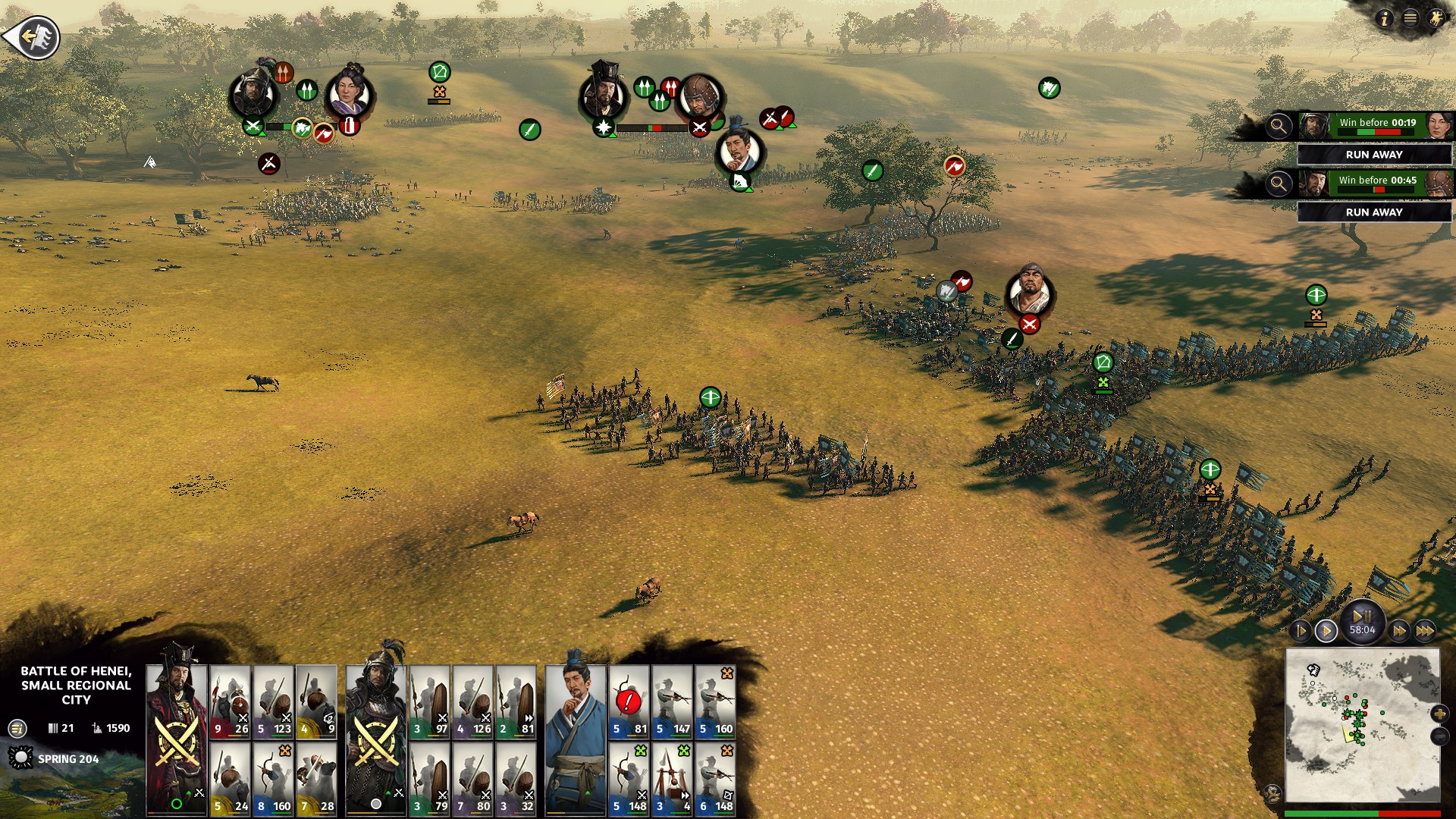
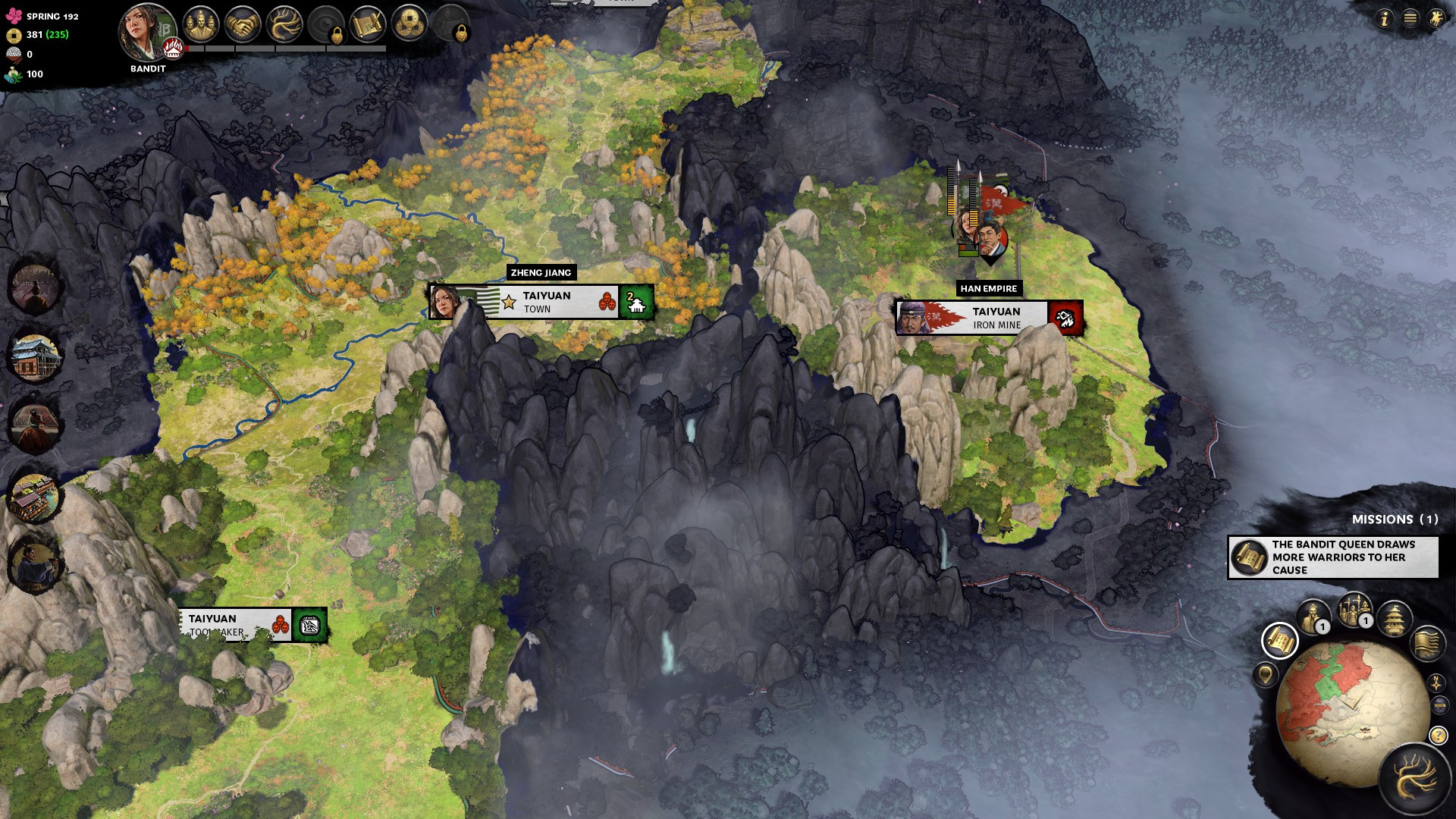
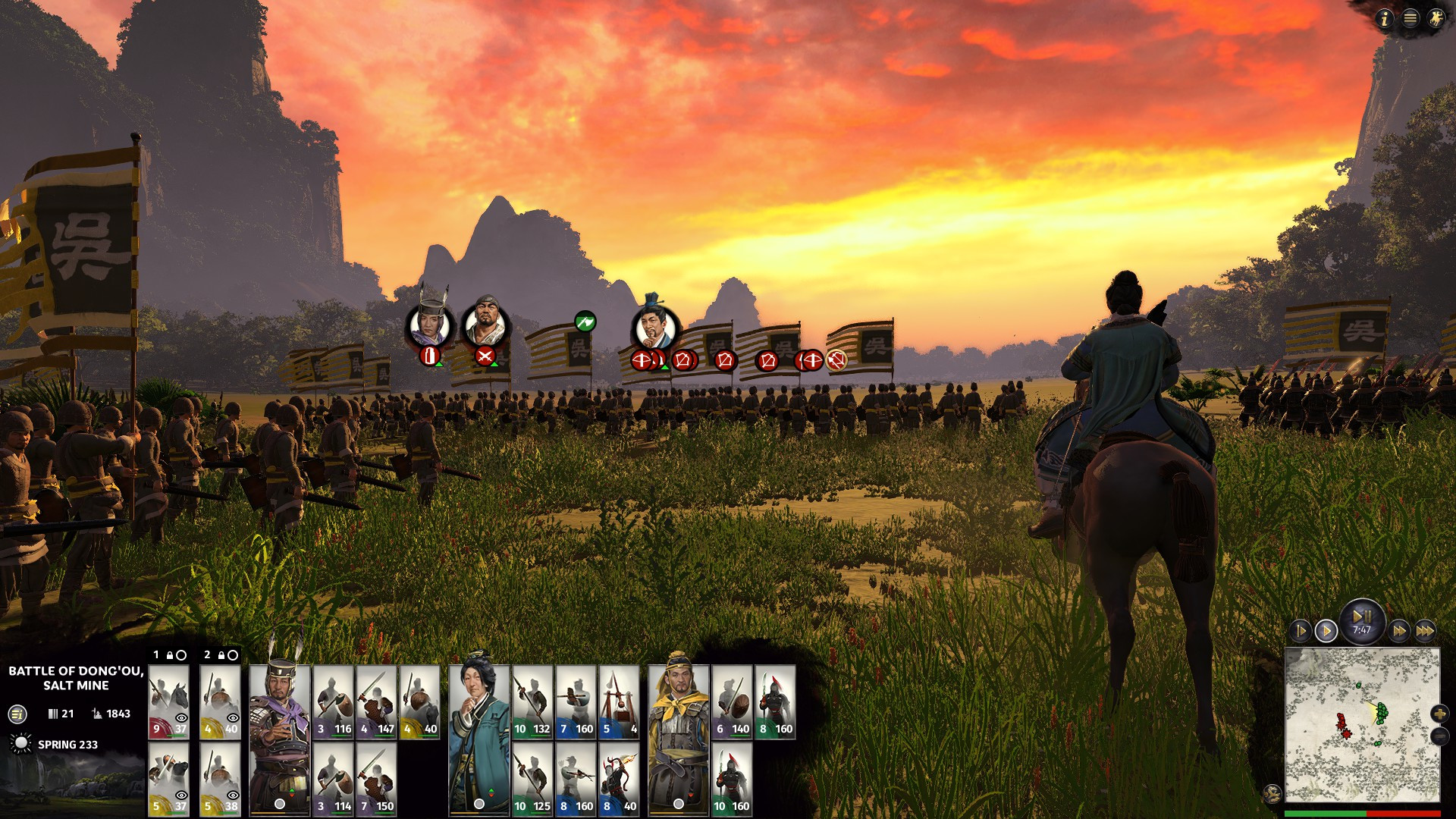
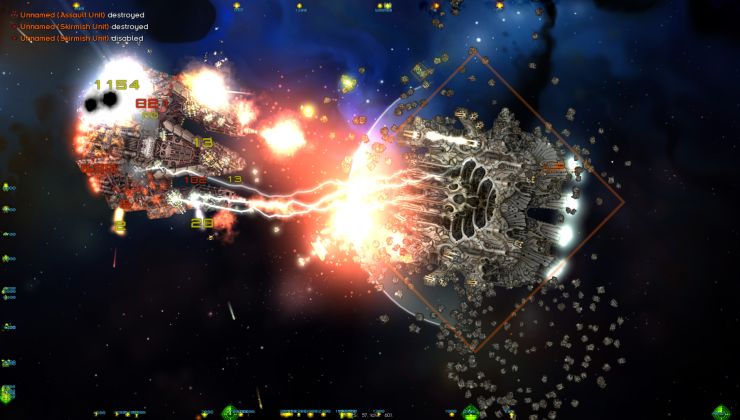
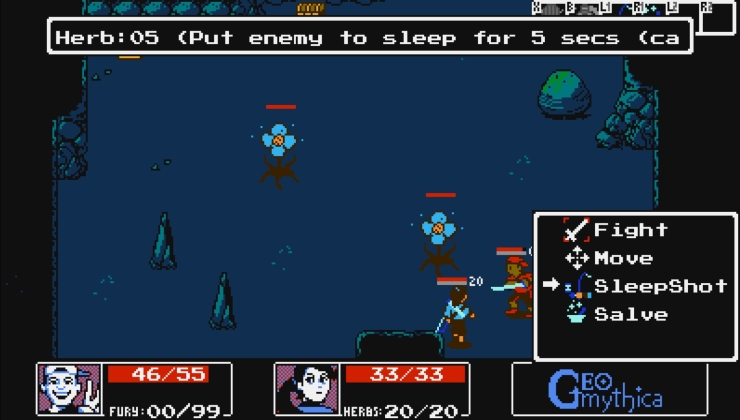
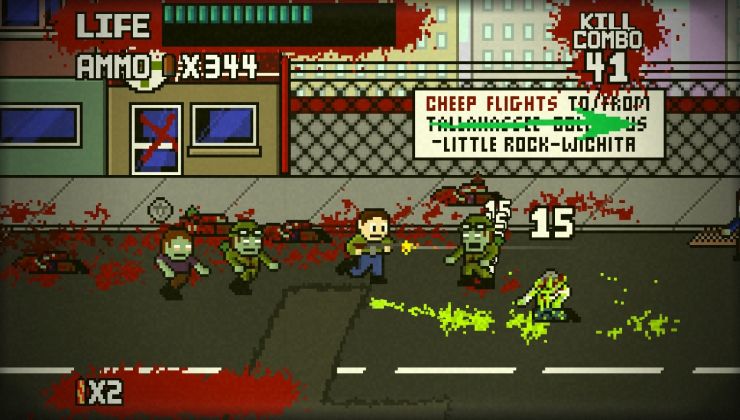
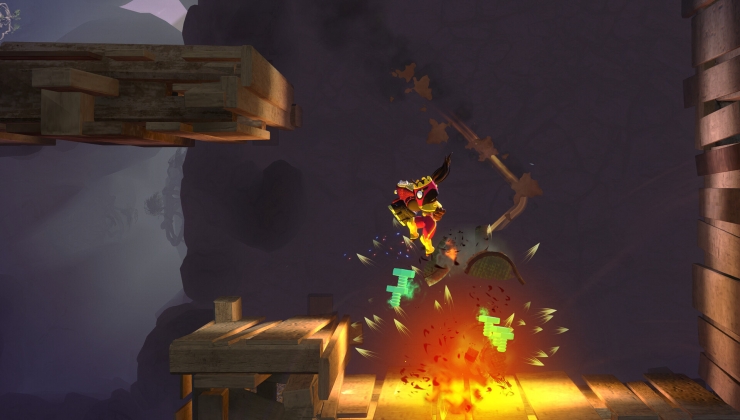



 How to set, change and reset your SteamOS / Steam Deck desktop sudo password
How to set, change and reset your SteamOS / Steam Deck desktop sudo password How to set up Decky Loader on Steam Deck / SteamOS for easy plugins
How to set up Decky Loader on Steam Deck / SteamOS for easy plugins
Oh and the name doesn't mean anything but coincidentally could be pronounced as "Buttery" which suits me just fine.
See more from me